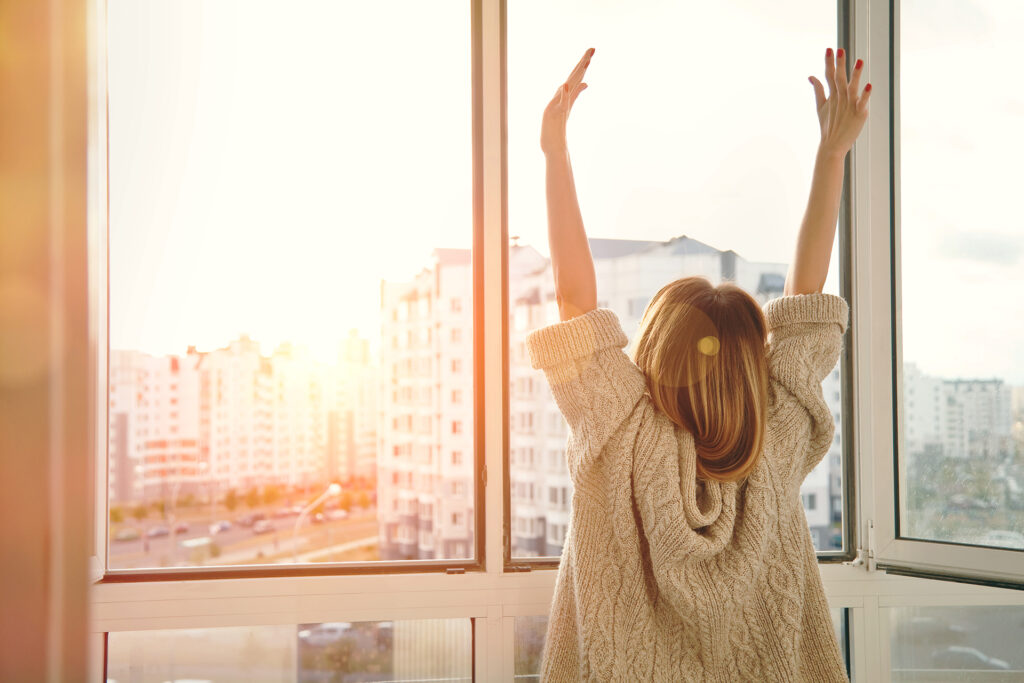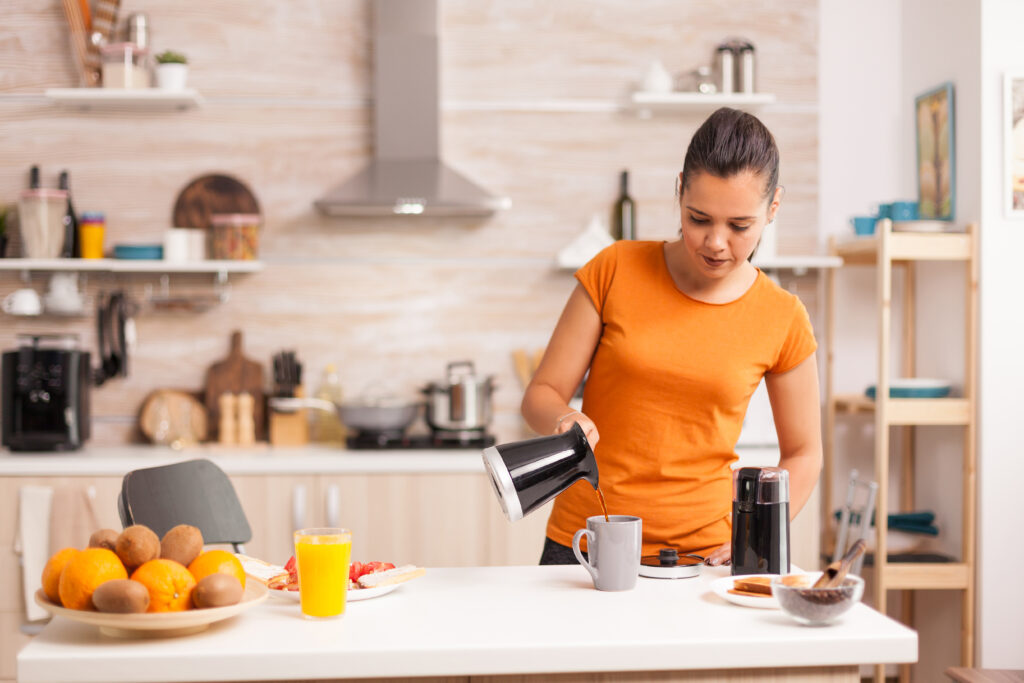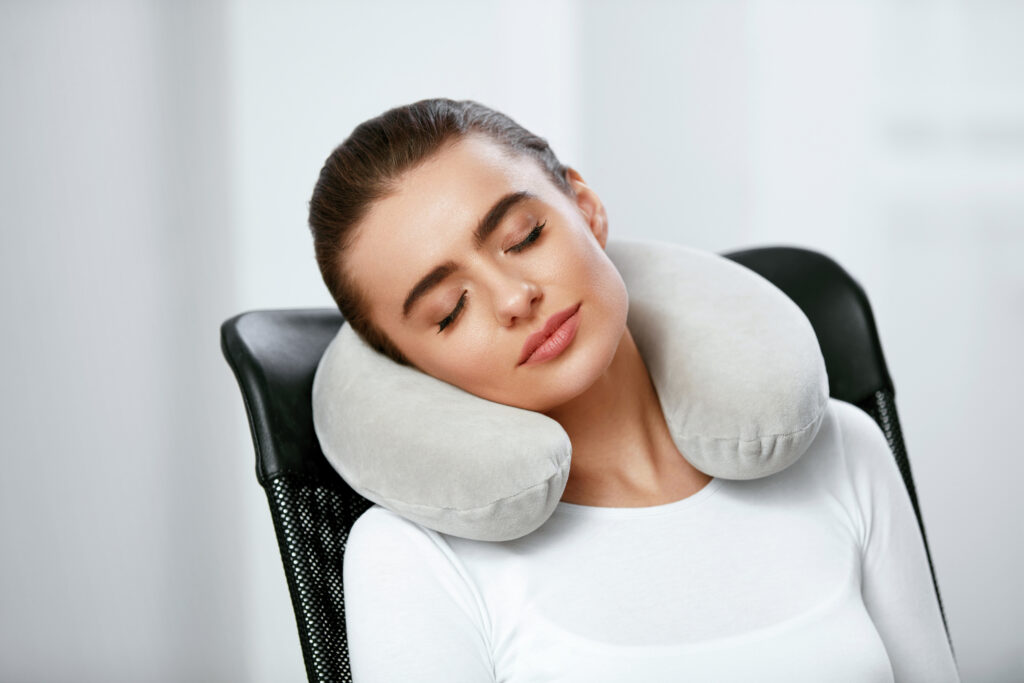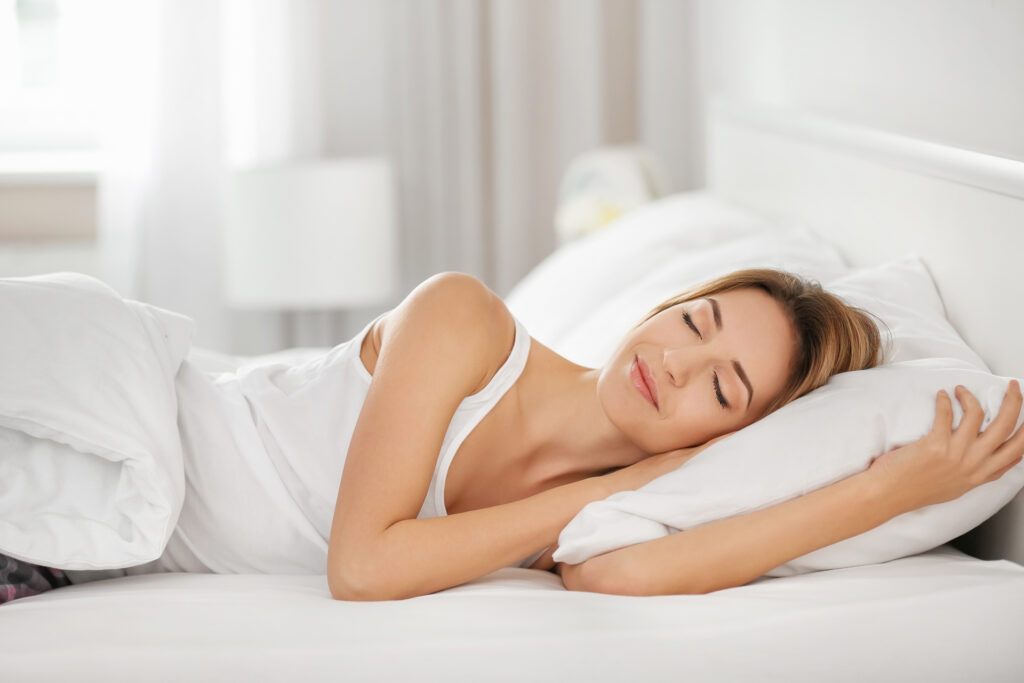How To Take The Perfect Nap – And Not Disrupt Your Night’s Sleep
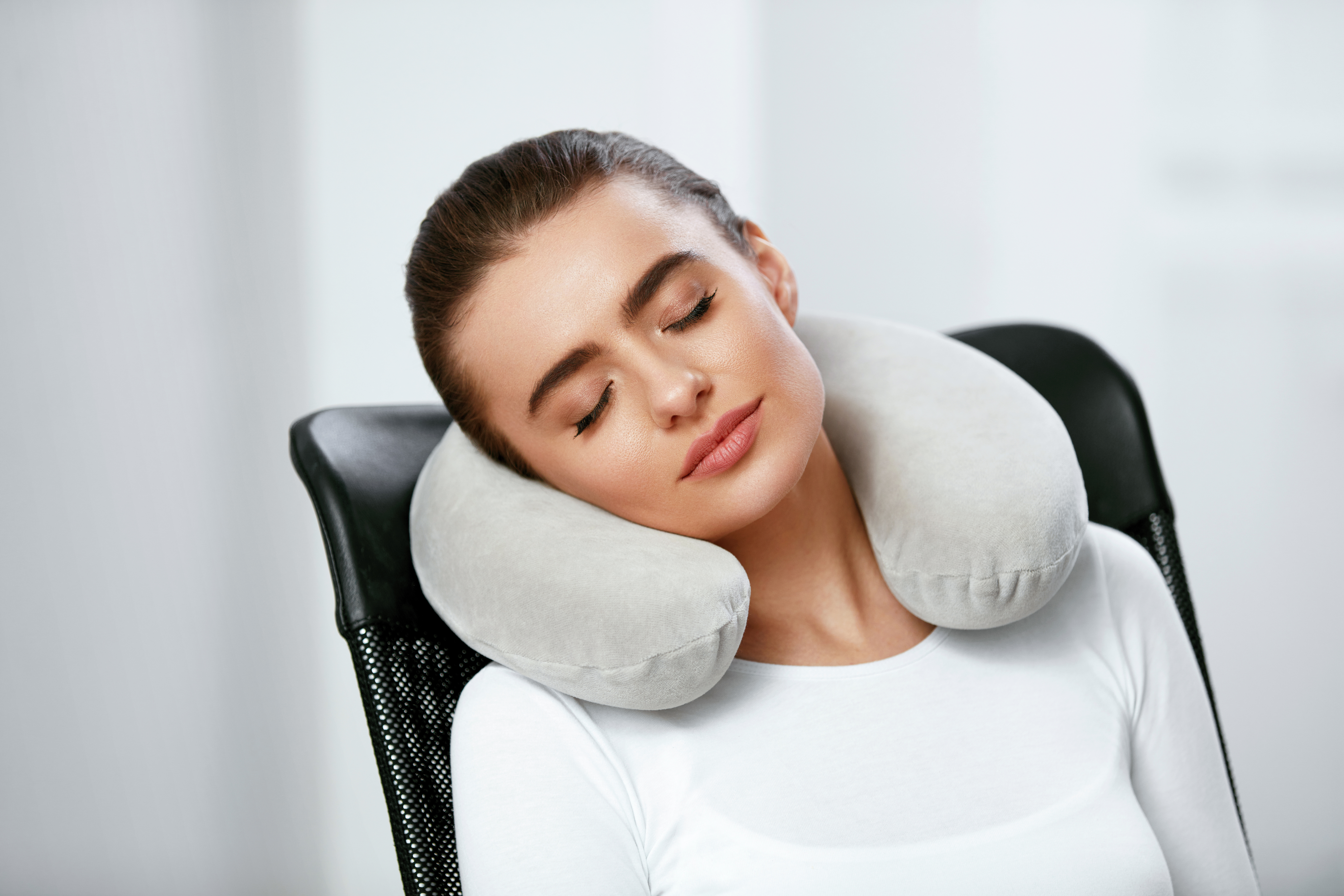
During the past year, many people have fallen into the habit of sleeping more than they normally would. Not only has the trusty lie-in replaced the once necessary commute, but working from home now makes it possible to sneak in a cheeky lunchtime nap.
However, there is in fact an art to getting the most out of your power nap, ensuring it’s not only of the highest quality but also leaves you feeling refreshed.
The team behind one of the UK’s largest personalised vitamin and nutrition companies, www.Vitl.com, have put together their ultimate guide to perfecting the nap:
Nap for around 30-45 minutes
The ideal nap duration can vary from person to person, but most sleep professionals recommend a shorter nap due to our five-phase sleep cycle. The first three phases are NREM (non-rapid eye movement) sleep and, as we enter the last two, we reach a much deeper sleep. A full sleep cycle can take as little as 90 minutes meaning it’s important our naps are shorter to avoid waking up late in the cycle. Waking up during REM sleep can make you feel groggy and even more tired than you were before the nap.
Nap earlier in the day
Taking a nap around the middle of the day or early afternoon is the best option. Taking naps in the early evening may cause you to feel very alert late into the night, which can then disrupt your sleep schedule and circadian rhythm, a natural internal process that regulates the sleep-wake cycle and repeats roughly every 24 hours.
Find your ‘nappy’ place
Finding the perfect place to nap is not something to be taken lightly. It should be a place where there is minimal risk of being disturbed, somewhere you can lie down comfortably and, above all, a peaceful place to enjoy that well deserved rest. This can be difficult, particularly in an office environment, so perhaps think about using your car as your ‘nappy’ place.
Set your phone to ‘do not disturb’
Even if your phone is on silent, it’s likely that you’ll still be able to notice your phone lighting up whenever you get a notification, particularly if you’re in a dark room. You’ll want to engage with it and, in turn, be distracted from your nap. Pop your phone onto ‘do not disturb’ or if you really want to disengage from temptation, turn your phone off completely until nap time is over.
Have a coffee just before your nap
This may sound counterintuitive but having a pre-nap coffee can in some cases help you feel more alert post-nap. As caffeine takes a while to kick in, you can time it perfectly in the hope of the caffeine taking effect while you sleep, ready for when you wake up. Obviously, this can be a high-risk strategy and should only be considered if you’re quick to fall asleep.
Supplement with melatonin
Melatonin’s main job in the body is to regulate night and day cycles or sleep-wake cycles, so it’s important to adequately supplement melatonin for a healthy sleep schedule. If you struggle to sleep, particularly at night, naps may be essential for you to function and therefore ensuring that you can drift off in the first place is essential.
Empty your mind of ‘to-do tasks’
It can be really hard to switch off and take a nap, particularly if you’re choosing to get 40 winks during your lunch break. Make a note of all the ‘to-do’ tasks you have and anything else which may be taking up your brain capacity. It helps to close the thought loops in the brain and create a healthy environment of feeling relaxed and ready to drift off to the land of nod.
Put together an emergency nap kit
There’s nothing worse than being underprepared for a nap. Make sure you’ve got all the essentials at arm’s reach so that you’re ready for some shut eye anywhere. You might want to pack a sleep mask, a neck pillow and some earplugs, to name just a few necessities. A good tip is reusing an old sleep kit given on a long-haul flight as this tends to be compact enough to fit in your bag.
Sleeping at night should be the priority
It’s important to bear in mind that, although naps can be really useful if you need to feel refreshed, they shouldn’t be used to substitute a healthy night’s sleep. There are a number of health risks associated with poor sleep and, if you’ve ever experienced poor sleep, it can sometimes feel like the whole world is going to end. Ensure your naps are timed well, used when necessary and, above all, making you feel fresh and alert.

